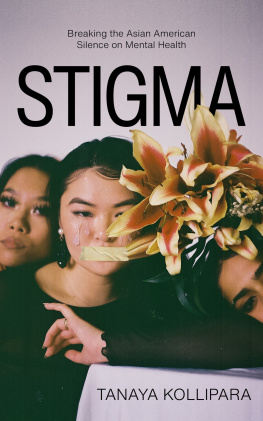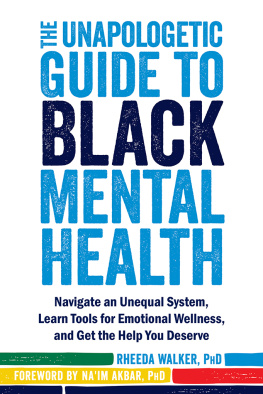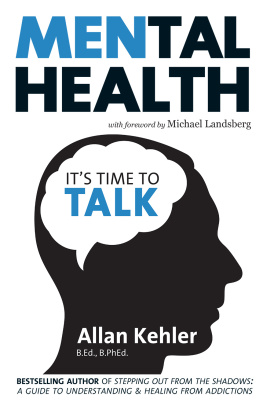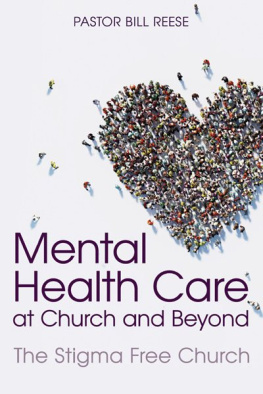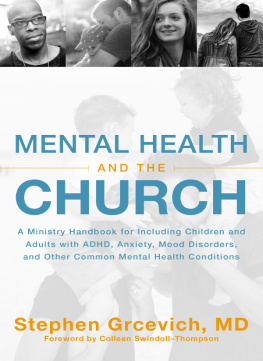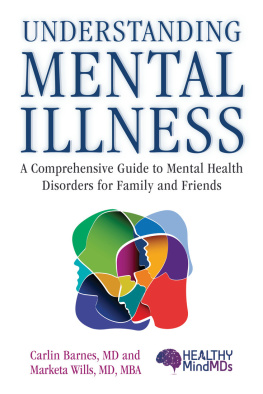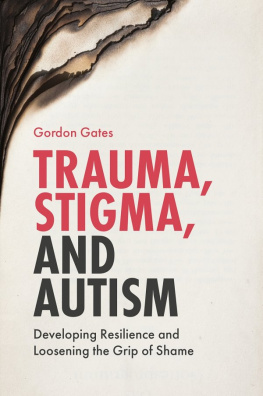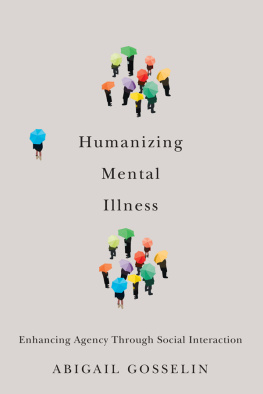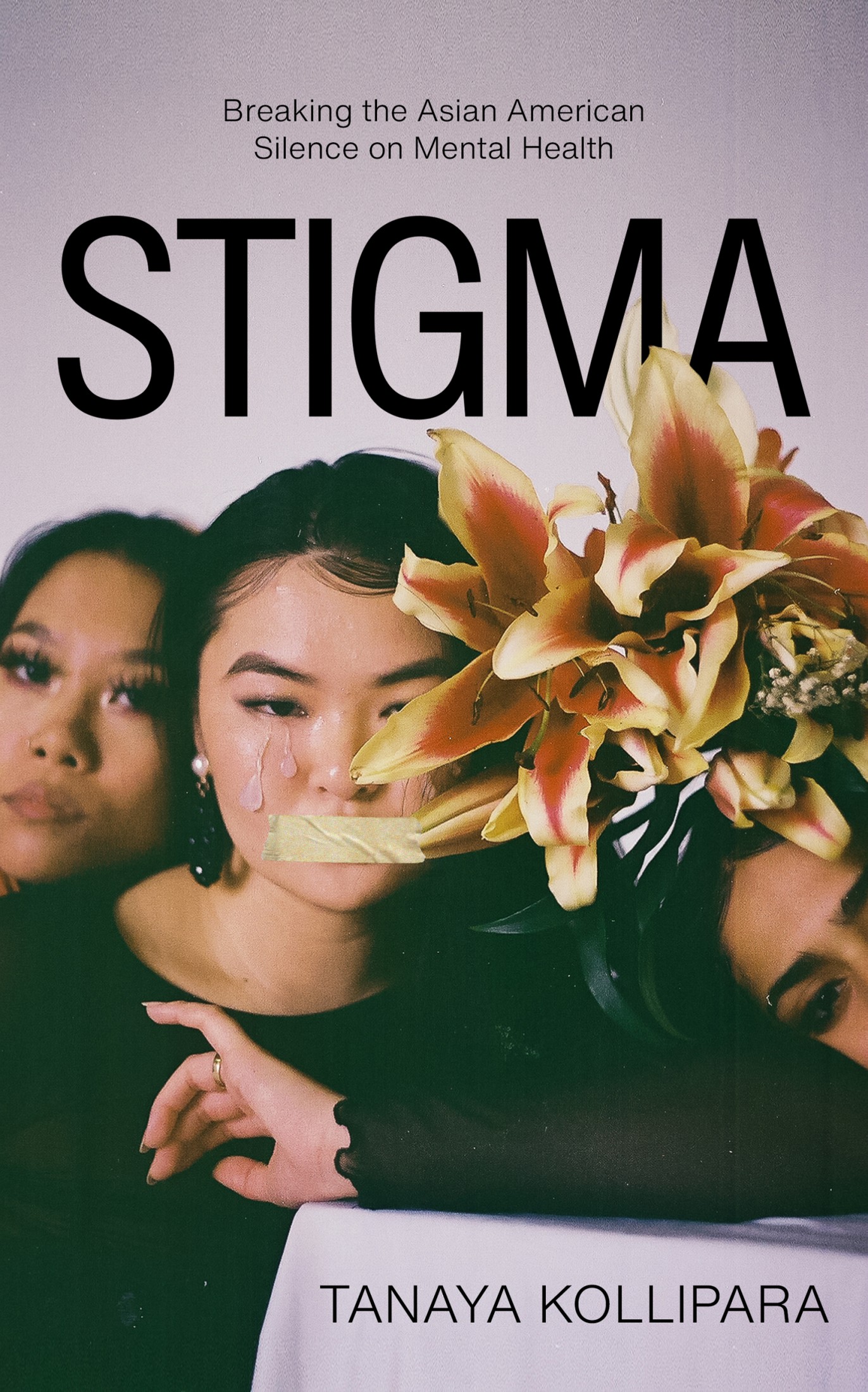Mental health is not fight club. We can talk about it.
NOTE FROM AUTHOR
The stories in this book are real.
They come from real people, who decided to share their lived experiences with the world. These individuals have revealed the most intimate details of their lives, in the hope of providing comfort (to those who may be struggling) and promoting empathy (within those hoping to understand mental health better). In doing so, they have provided us with a gift: an opportunity to learn, to understand, to connect, to grow.
The stories I write about in here come explicitly from what the person has decided to share with me; there is no fabrication or falsification. Doing so would be inauthentic, a disservice to the mission of this bookto share peoples truths, to remove the stigma around mental health. While these people and their experiences are real, there are many who werent quite ready to associate their names with their stories. In an effort to preserve their anonymity, some of the names, details, and identifiable information have been changed; in some instances, the events and scenarios of a few interviewed individuals have been culminated into one.
All of these changes were only made after long deliberation, with extreme care taken to ensure the hearts of these stories remained untouched. It is a terrifying place to be inknowing that the most personal aspects of your life will soon be revealed to the world. So, please understand their need to remain anonymous and my attempts to respect their wishes.
I must also make a note on my use of Asian American in the title and in this book.
Throughout the chapters, I will be using Asian, Asian American, AAPI, and API interchangeably to reference the Asian American and Pacific Islander racial groups. While doing so is most definitely a disservice to the unique and separate histories of these two groups, it is not without reason.
For one, the majority of research and data lump together Asians and Pacific Islanders into a single monolithic group. This makes it difficult to effectively communicate the findings for the Asian and Pacific Islander groups individually. However, where I can, I will try to reference them as separate entities and share their unique histories. But, ultimately, the focus of my book is on the actual mental health stories and experiences of the AAPI community; hence, the information I share about these respective communities will be limited. That is why I urge you to look to other sources to learn more.
Secondly, while this is a trivial reason, writing out Asian American and Pacific Islander every time will quickly make my writing quite cluttered. Nevertheless, in order to ensure I acknowledge both racial groups, I will prioritize using the terms AAPI and API.
With these explanations, I hope you, my dear reader, can come to understand why I made this decision. My intention is not to erase the distinction between the Asian and Pacific Islander racial groups. Rather, I aim to make the stories and information as digestible as possible. Only by making the writing clear-cut and accessible can we truly promote greater understanding among all members of all communities.
CONTENT WARNING
The nature of this book deals with sensitive topics, including but not limited to: suicide, mental illness, eating disorders, body dysmorphia, mental health crises/episodes, alcohol and drug abuse, toxic relationships, and self-harm.
This book is filled with the real stories of real people, as they endured their own mental health struggles. While it is inspiring and comforting to read how others overcame (and continue to overcome) their struggles, it is at times taxingand mentally tiringto repeatedly read about others mental traumas. Thus, when reading this book, please be sure to take plenty of breaks, focus on your mental wellness, and pay attention to when you may need to take a step back. Feel free to refer to the Resources for Further Exploration section, located at the end of this book, to find tools, websites, groups, and other sources to help you manage your mental health as you read.
As you will soon see, taking these steps to take care of your own mental health is extremely important. Use your support system as a safe space and to have conversations surrounding mental health; utilize your resources as a way to mentally recuperate.
If you ever find yourself contemplating suicide or self-harm, please call your local suicide hotline. Listed below are the hotline numbers of some countries. A more exhaustive list can be found at opencounseling.com/suicide-hotlines or by searching [COUNTRY] suicide hotline on Google.
United States: (800) 273-8255
Australia: 131114
Barbados: (246) 4299999
Canada: 1 (833) 456-4566
China: 0800-810-1117
France: 0145394000
Ghana: 2332-444-71279
India: 8888817666
Indonesia: 1-800-273-8255
Japan: 810352869090
Malaysia: (06) 2842500
New Zealand: 1737
Philippines: 028969191
Singapore: 1 800 2214444
South Korea: (02) 7158600
Sri Lanka: 011 057 2222662
Thailand: (02) 713-6793
United Kingdom: 08457909090
You must know you are loved, and you are wanted. As youll soon find, mental illness is something we can live and thrive with. It is simply a part of us; it doesnt make us less than, nor does it define us.
You are not alonethese stories are evidence of that. There is help out thereI can promise you that.
This is the beginning.
You are opening your heart to be heard, to listen, to heal, and to help. That in itself is a movement of compassion, which will ultimately cause a collective transformation in the climate of care. And slowly, together, well create a world that recognizes, prioritizes, and addresses mental health.
INTRODUCTION
I cant breathe.
Wide-eyed, I stared as my friend sank to the kitchen floor, her chest heaving erratically. Although her eyes were squeezed shut, tears made their way down her tan cheeks. Her long, black hair was in a disarray, as her fingers clawed at her scalp. Her lipswhich were painted in a deep purplemoved wordlessly, as if in prayer. Except this time, they were praying for mental reprieve.
At fourteen years old, it was a terrifying scene to behold. To walk in and watch as my best friend descended into a panic, unresponsive and unreachable, I did not know what to think. When her head met her knee, I snapped into action. Unsure, I knelt beside her, wrapping my arms around her shoulders. I murmured comforting words, assuring her that she would be alright. Slowly, the shaking subsided, and her breathing became even. A couple of moments later, she lifted her head, her eyes refocused but weary.

